Kernza: A Perennial Revolution
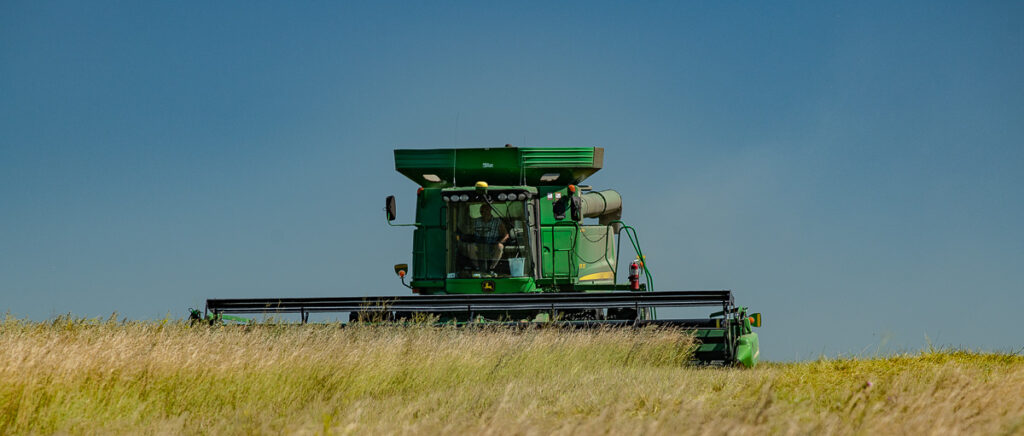
Kernza® perennial grain is an environmentally friendly, soil-enriching, carbon-capturing perennial wheatgrass with the potential to change agriculture. Farmers growing Kernza are excited about how growing this grain instead of traditional annual wheat can change their land and business for the better. Luke Peterson of A-Frame Farm is a veteran grower who is already seeing changes on his farm.
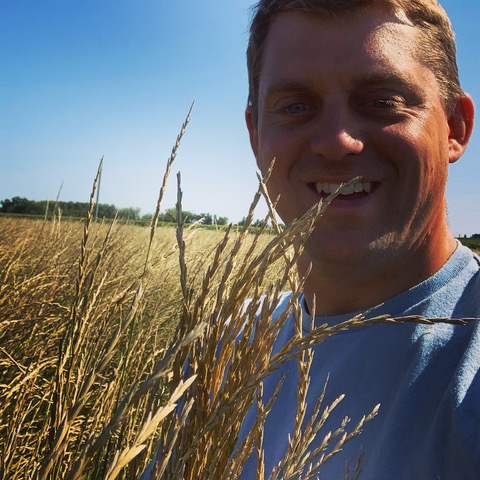
Perennial Benefits
Luke doesn’t hide his excitement about Kernza’s potential. As a perennial wheatgrass, he says, “It’s better for our water quality, it’s better for the soil, it’s better for the environment, it’s better for our farmers.”
“We don’t have to disturb the soil during its lifetime, which is three to five years,” says Luke. Most grains on the market are harvested from annual plants that yield food for a single season before dying.
Another big benefit of Kernza is its deep root structure. Stretching as far down as 10 feet, the wheatgrass’s roots deliver water and nutrients and help break up hardpan. This helps keep the soil aerated, hydrated, nutrient-dense, and teeming with microbes.
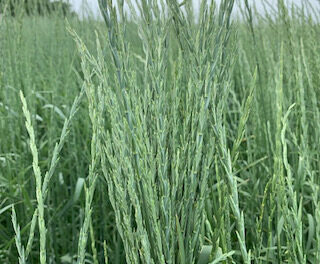
Perennials are beneficial for soil in two key ways:
- Tilling soil and harvesting dead annual plants have a devastating affect on soil health. Microbes that break down organic matter into beneficial nutrients are delicate, and tilling exposes them to harsh weather. Less tilling means greater natural microbe health.
- Tearing up dead plants releases carbon into the air. Plants are the planet’s air purifiers, inhaling carbon and exhaling oxygen. Perennials take carbon out of the air and store it in the soil.
Perennials are beneficial to farmers, too. In practical terms, they save time thanks to less tilling. Those extra hours can free farmers up to scale up their operations, diversify their offerings, repair equipment, or build new facilities, which can lead to greater profitability.
Think Globally, Act Locally
The world’s growing population increases the demand for food. Agriculture is keeping up by focusing on high-yield crops with multiple uses like corn and soy. It has become more profitable for farmers to monocrop their fields, which strips soil of nutrients. To restore those nutrients, fields need annual tilling, which disturbs microbial life and releases carbon. Then, conventional farmers add chemically enhanced soil amendments to help boost crop yield.
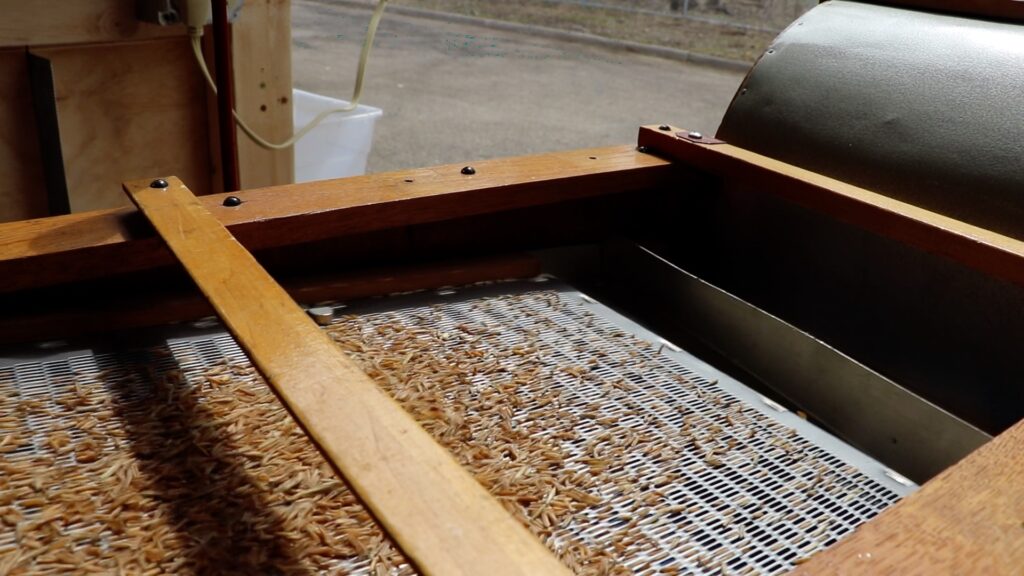
Fortunately, purpose-driven and passionate farmers, sellers, and eaters are fighting back against this trend. It is these folks, according to Luke, that give him the opportunity to take a chance on growing perennial grains like Kernza.
The Path Ahead
Significant challenges remain for farmers like Luke. “It’s a delicate process and a daunting task to get a new crop into the local rotation,” he says. Introducing a new crop to market requires three crucial pieces.
-
Farmers willing to take the chance: As potentially beneficial as Kernza may be for farmers, there’s no guarantee that people will buy it. When planning next year’s crops, it’s a terrible risk to choose something untested rather than a crop with a proven history of selling. Even if a crop leads to depleted soil or more hard work than a perennial, a well-known annual crop that’s likely to sell may be worth more to a farmer than taking a risk on a newer crop, like Kernza.
-
Sellers with the means to market: Most shoppers don’t try a new product without being prompted. Whether via a clever ad campaign, word of mouth, or a flashy package, products need marketing to gain traction. Farmers don’t have the time to worry about this stage, so raising people’s awareness of Kernza relies upon sellers like Lakewinds.
-
Eaters who vote with their dollars: Ultimately the fate of Kernza relies on whether folks decide to add it to their diets. With countless other grains and flours on the market, why choose Kernza? The answer to that is greater than just taste. Kernza needs people who believe that our current agricultural trends are unsustainable, that our climate is changing, and that conventional agriculture doesn’t do enough to serve farmers to support this new grain.
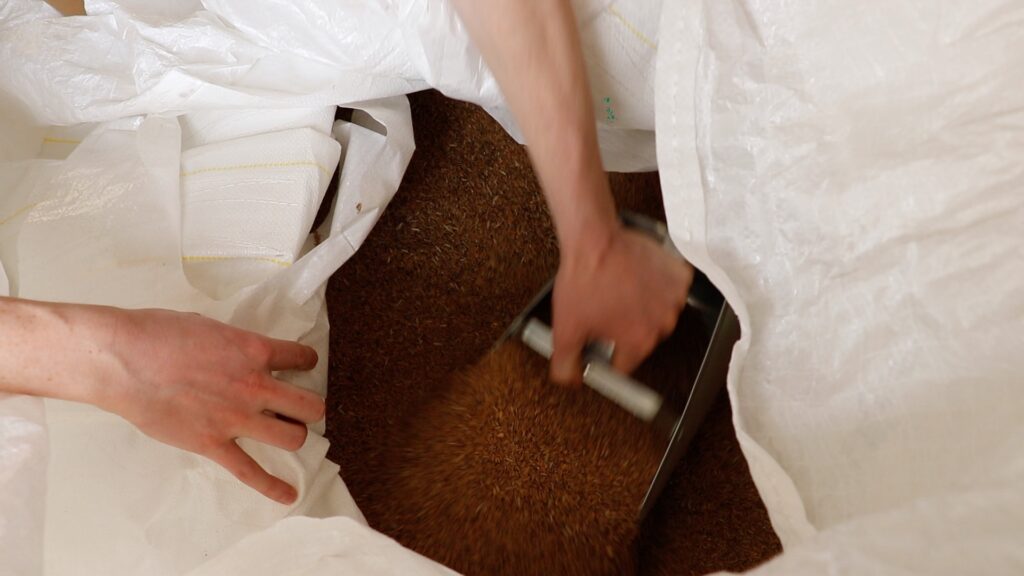
As daunting as it seems to assemble those three pieces, Luke and his fellow Kernza farmers are working hard to make it happen. They’ve created Perennial Promise, a forum of 30+ members who are Minnesota growers dedicated to the perennial agriculture revolution. Beyond marketing perennials, their goal is to keep supply in line with demand. A surplus in perennial grains would discourage farmers from growing them again, so communication and collaboration are key to sustain the market.
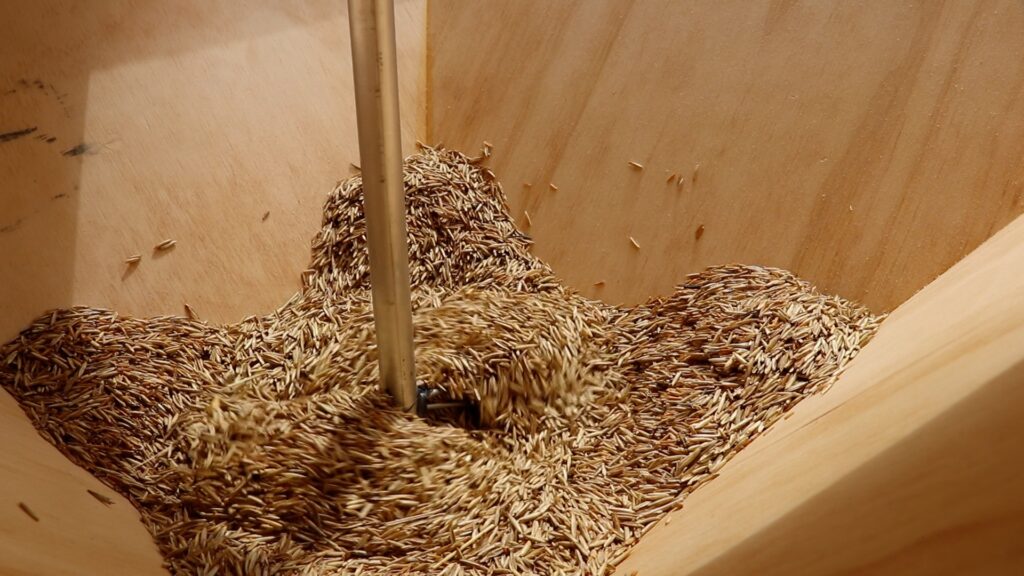
The Future of A-Frame
For Luke, Kernza is part of his plan to make A-Frame self-sufficient, growing and raising everything the family needs right on the farm. This will give A-Frame greater independence while also making operations more eco-friendly. To achieve this goal Luke says “we’re focusing on perennials as much as we can.”
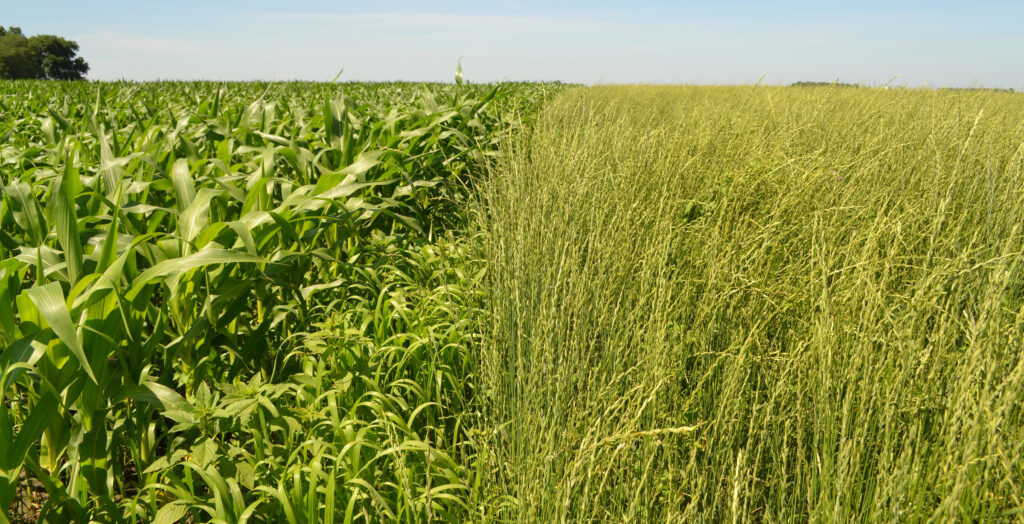
Once upon a time, self-sufficiency was the default for farmers. Crop diversity and rotational plantings kept the soil healthy. Grazing animals and composting biomass provided necessary nutrients. Pollinators like bees and butterflies aided with propagation. Farmers knew that to stay in business, they had to love the land. Farmers like Luke are going back to those ideals.
Ultimately, Luke believes the challenges are worth the reward: “It’s a paradigm shift, switching from an annual agriculture to a perennial one. It’s a small step but it’s pretty obvious that we need to take it.” Luke may be a bit modest because we think Kernza’s a big deal and worth celebrating.
Want to learn more? Check out our post about Kernza and it’s uses.
Of course we had to ask Luke about his favorite use for Kernza: “best pancakes I’ve ever had.”

Looking for more inspiration? Check out these recipes from Perennial Pantry. Interested in learning more about Kernza? Check out A-Frame’s website.
